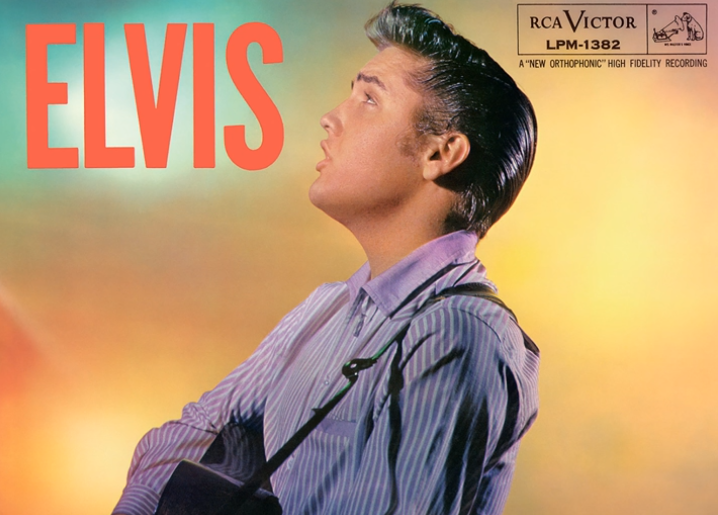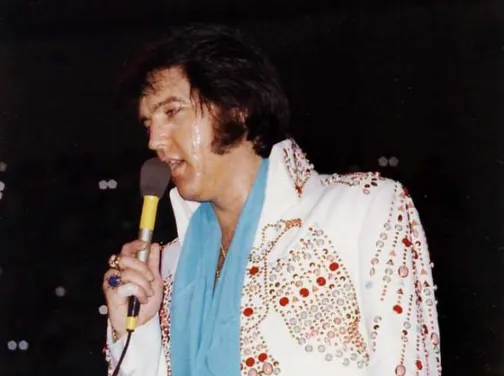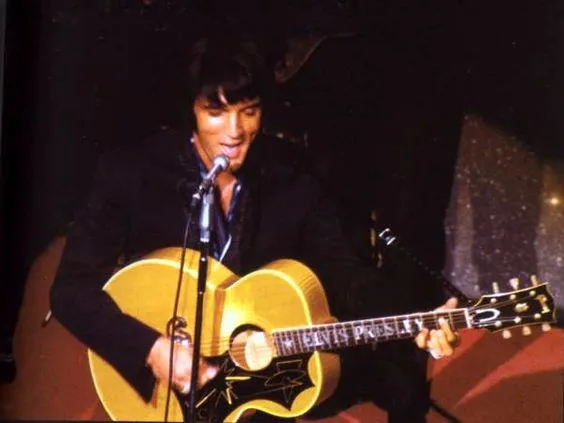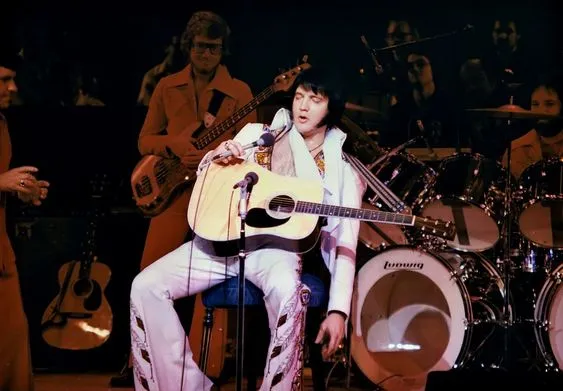In 1956, Elvis Presley, the burgeoning King of Rock 'n' Roll, became a pivotal figure not just in music but also in public health. On October 28th of that year, Elvis received a polio vaccination on national television, an event that had significant implications for public health campaigns and the fight against polio in the United States.

Poliomyelitis, commonly known as polio, was a dreaded disease in the early to mid-20th century. It primarily affected children, causing paralysis and sometimes death. The United States experienced severe polio outbreaks, especially in the 1940s and early 1950s, which led to widespread fear and urgency to find a preventive solution. The development of the polio vaccine by Dr. Jonas Salk in 1955 was a monumental medical breakthrough, offering hope to millions.

Despite the availability of the vaccine, public acceptance was not immediate. In the 1950s, public trust in medical interventions was not as robust as it is today, and vaccination campaigns often faced skepticism and logistical challenges. It was within this context that public health officials sought innovative ways to encourage widespread vaccination.

Enter Elvis Presley. At 21, Presley was already a cultural phenomenon, beloved by millions of teenagers and influential across a wide demographic. Recognizing his influence, the March of Dimes, an organization dedicated to combating polio, enlisted his help. The idea was simple yet revolutionary: use Presley's immense popularity to promote the polio vaccine.
On October 28, 1956, Elvis Presley received his polio vaccination before his appearance on "The Ed Sullivan Show," one of the most watched television programs in the United States. This strategic move ensured that the event reached a vast audience. The sight of Presley rolling up his sleeve and receiving the shot was broadcast into millions of homes, delivering a powerful message of endorsement for the vaccine.
The impact of this televised vaccination was profound. At a time when the youth were particularly susceptible to the allure of new trends and figures of authority, seeing their idol endorse the vaccine had a significant influence on public perception. The event helped dispel fears and myths about the vaccine, making it more acceptable to the general public.

Moreover, Presley's vaccination on national TV played a critical role in increasing vaccination rates among American teenagers. Before this event, there was a notable gap in the vaccination rates of teenagers compared to younger children. By aligning the vaccination effort with a figure who epitomized youthful rebellion and charisma, public health officials effectively bridged this gap. The rates of polio vaccinations surged following the broadcast, contributing to the broader success of the polio eradication campaign.
This event also marked an early example of leveraging celebrity influence for public health initiatives, a strategy that has since become a staple in public health campaigns. The successful use of Elvis Presley in promoting the polio vaccine underscored the potential of popular culture to influence public health behaviors positively. It demonstrated how celebrities could be enlisted to endorse health interventions, thereby reaching audiences that might be otherwise difficult to engage.
In the years following Presley's televised vaccination, the incidence of polio in the United States dramatically declined. By 1979, polio was declared eliminated in the United States, a testament to the effectiveness of widespread vaccination campaigns that were bolstered by moments like Presley's public vaccination.

The significance of Elvis Presley's 1956 polio vaccination extends beyond the immediate impact on polio rates. It symbolizes a turning point in the relationship between celebrity culture and public health advocacy. Presley's involvement illustrated how influential figures could shape public health outcomes by lending their voices—and in this case, their bodies—to important causes.
In contemporary terms, this event serves as a historical lesson in the power of strategic communication and influencer engagement in public health. It reminds us that in the fight against diseases, whether polio in the 1950s or COVID-19 in the 2020s, public figures can play a crucial role in shaping public perceptions and behaviors.
Elvis Presley’s televised polio vaccination in 1956 was more than just a media event; it was a pivotal moment in the history of public health. By merging the realms of entertainment and health, it paved the way for future collaborations that harness the power of popular culture to serve the greater good. This event remains a landmark example of how public health initiatives can benefit from the support of influential cultural icons, ultimately leading to healthier societies.



